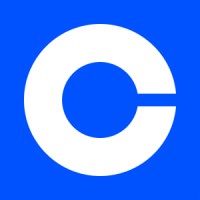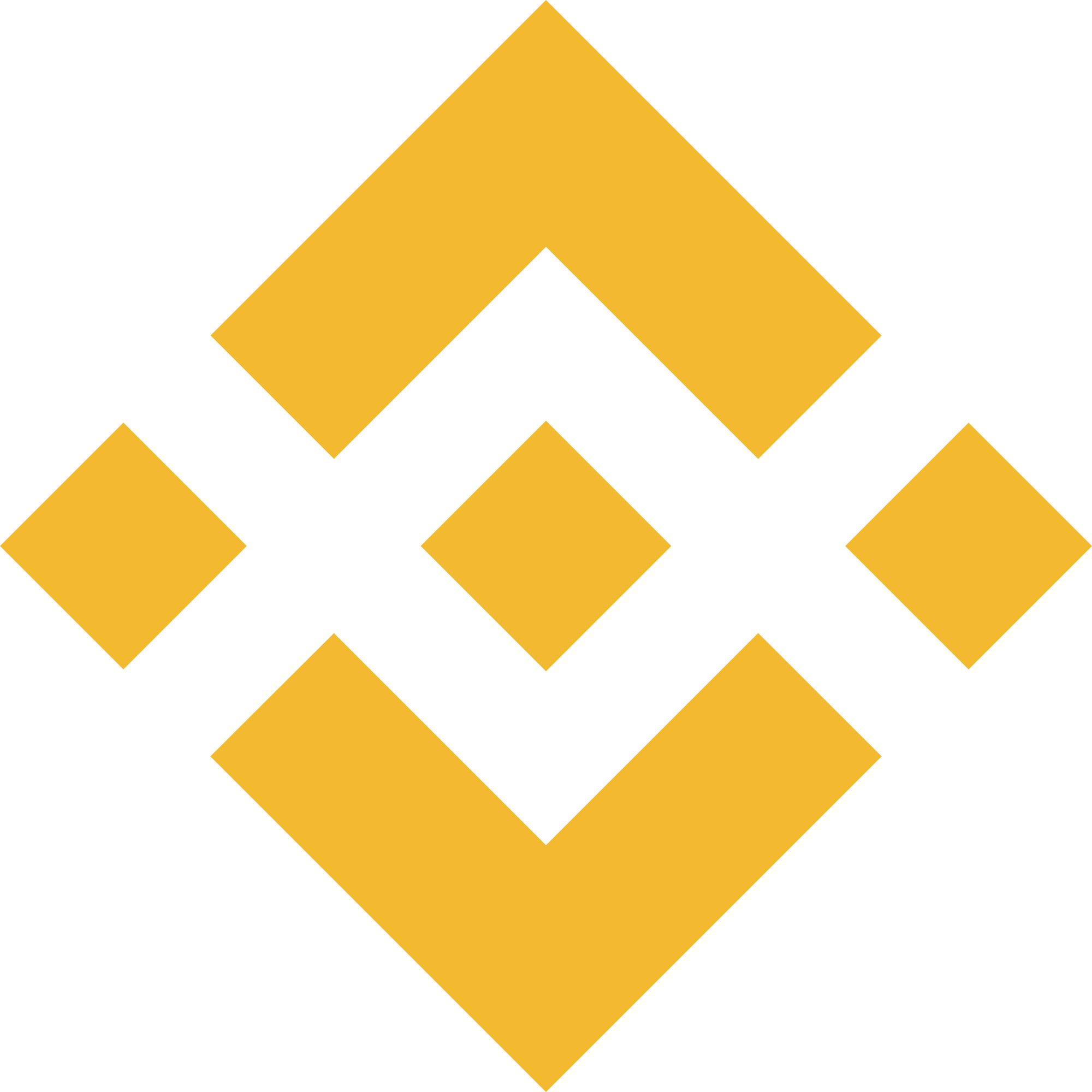Cardano (ADA)

Price
24h%
Market Cap
Volume
Supply
What is Cardano (ADA)
Cardano is a third-generation, proof-of-stake blockchain network. The protocol was founded by early Ethereum and BitShares co-founder, Charles Hoskinson and officially launched in September 2017. The project is backed and funded by three entities including, IOHK, one of the world's pre-eminent blockchain technology research and engineering companies, founded in 2015 by Hoskinson and Jeremy Wood, The Cardano Foundation, a non-profit organisation focused on fundamental ecosystem growth for Cardan and Emurgo, a Japanese venture capital firm.
One of the biggest altcoins by market cap, the project and team have received positive attention in the space as the first public blockchain to implement a peer-reviewed research strategy, working with academics, mathematicians and cryptographers to guide its blockchain development. ADA is the native cryptocurrency for the Cardano network, its name originating from the 19th-century mathematician, Ada Lovelace. The term ‘Lovelace’ is used to describe the smallest unit of ADA, equivalent to one millionth of one token. A Lovelace is to ADA what a Satoshi is to Bitcoin. 1 ADA = 1,000,000 Lovelace.
Where to trade Cardano (ADA)
Consistently ranked amongst the most popular and largest cryptocurrencies, Cardano’s ADA is available to buy, sell and trade on most leading exchange platforms. To help find the best fit for you, check out the table below and compare the best cryptocurrency exchange platforms.
| Name | Number of Assets | Trading Fees | Mobile App | Website | |
|---|---|---|---|---|---|
 | Coinbase | 30 | < 1.49% | Yes | |
 | Binance | 600+ | <0.1% | Yes | |
 | Kucoin | 700+ | <0.1% | Yes |
Roadmap
Much like with the Ethereum 2.0 launch, the Cardano network is set to see more changes and development in the future. Released across five phases, the official Cardano roadmap lays out ongoing and upcoming new capabilities. In the same way as its blockchain and native cryptocurrency — named after Gerolamo Cardano and Ada Lovelace — the project’s separated eras are named after prominent scholars, mathematicians, and computer scientists.
1: Byron
The Byron era was the first release of the mainnet Cardano (ADA) network, where users could interact on the blockchain to buy, sell, send, receive and store coins in the IOHK's official desktop wallet for ADA, Daedalus. This phase also saw the release of the lighter browser wallet Yoroi, developed by Emurgo.
2: Shelley
Noted by the community and team as the ‘decentralisation milestone’, the Shelley phase implemented its Proof-of-Strake (PoS) consensus layer. Focused on the shift toward a transparent and stable network, this stage incentivised users to contribute to the network security and transaction validation either directly or via delegation, in exchange for ADA staking rewards.
3: Goguen
Continuing to roll out the network’s decentralisation goals, the Goguen update will implement smart contracts, allowing users to create decentralised applications (dApps). September 2021 saw the Alonzo upgrade which enabled these new smart contract capabilities to the protocol.
4: Basho
Two of the core improvements to Cardano for the Bahso era are the introduction of parallel account models and sidechains. Aiming to optimise scalability and interoperability features, sidechains allow transactions to occur away from the base layer to increase the overall capacity. Still validated on the main chain, this addresses congestion and high network activity.
5: Voltaire
The final stage of the project’s roadmap will integrate a decentralised on-chain governance model. Network changes and proposals will be voted and decided upon by community participants. Members and token holders will be able to use their staked ADA to contribute to and vote on which proposals the protocol should implement. The Voltaire release will also introduce a treasury system funded by transaction fees to provide funds for growth and development actions.
ADA Wallets
A mobile wallet can be an appropriate option for newcomers to enter the space. Free to download and user-friendly to set up, if you are new to Cardano, mobile wallet apps such as Exodus and Trust Wallet could be the place to start. Alternatively, for advanced users making large investments, purchasing a hardware wallet such as the Ledger Nano range is considered the more secure option for keeping your assets offline in ‘cold storage.’
Storing ADA in a native Cardano wallet is also a popular decision. The desktop app Daedalus is a full node wallet, meaning a full copy of the blockchain is downloaded to interact with. While secure, this option does require large bandwidth and storage space and a network synchronisation time of several hours. Users who seek a quicker and lighter version can opt for the browser extension wallet Yorio, which offers instant connectivity and staking features.
Use the table below and compare our wallet guides to find the best option that suits you.
Blockchain & Technology
Cardano employs a philosophy of openness and transparency. Working closely with academics to produce peer-reviewed research as part of their blockchain development, Cardano distinguishes itself by using mathematical principles in its consensus mechanism and a unique multilayer architecture to its protocol (The Cardano Settlement Layer (CSL) and The Cardano Computation Layer (CCL).
Unlike Proof-of-work (PoW), Cardano uses a Proof-of-stake (PoS) consensus mechanism called Ouroboros and was the first to be independently security audited by third parties. Instead of relying on computational energy to solve complex equations to validate and generate new blocks, Cardano requires network participants to deposit and ‘lock up’ set amounts of their ADA tokens to earn the right to become a validator, or ‘node’. A node is selected to create a new block based on and proportional to the amount of tokens this node has staked to the network.
The mechanism relies on randomly chosen nodes that like most blockchains, rewards the next block creator. Ouroboros implements cryptography, combinatorics, and game theory with proven security guarantees to ensure the protocol’s integrity and performance and to facilitate the broadcast of global, permissionless networks with minimal energy requirements. In addition, Cardano uses a Hard-fork combinator (HFC) to enable hard fork upgrades without network disruptions or chain restarts. Where Bitcoin, Ethereum and other tokens have previously seen chain splits, Cardano’s HFC is implemented to manage this potentially problematic activity.
Much of Cardno’s vision of the decentralised landscape is that for both the technical and non -technical participant. Primarily built using Haskell, a computing language popular for a variety of financial service applications and Plutus, a language dedicated to smart contracts built by designed by IOHK, the network utilises a supplementary language called Marlow for users that not programmers or engineers.
Staking with Cardano
By staking ADA tokens, you directly interact and become part of the Cardano blockchain network. Your tokens are used for validating transactions and generating new blocks, contributing to its core governance and security. With such a strong community, several products and platforms are available for token holders to stake their ADA from.
Summary
Acknowledged for its constant network expansion and growing following, Cardano is considered a popular and effective platform, from a trustworthy team. For this reason, many believe that the protocol will remain at the forefront in the blockchain and decentralised sector for years. For now, ADA remains in the top 10 cryptocurrencies and is attracting more participants and use cases on a daily basis.